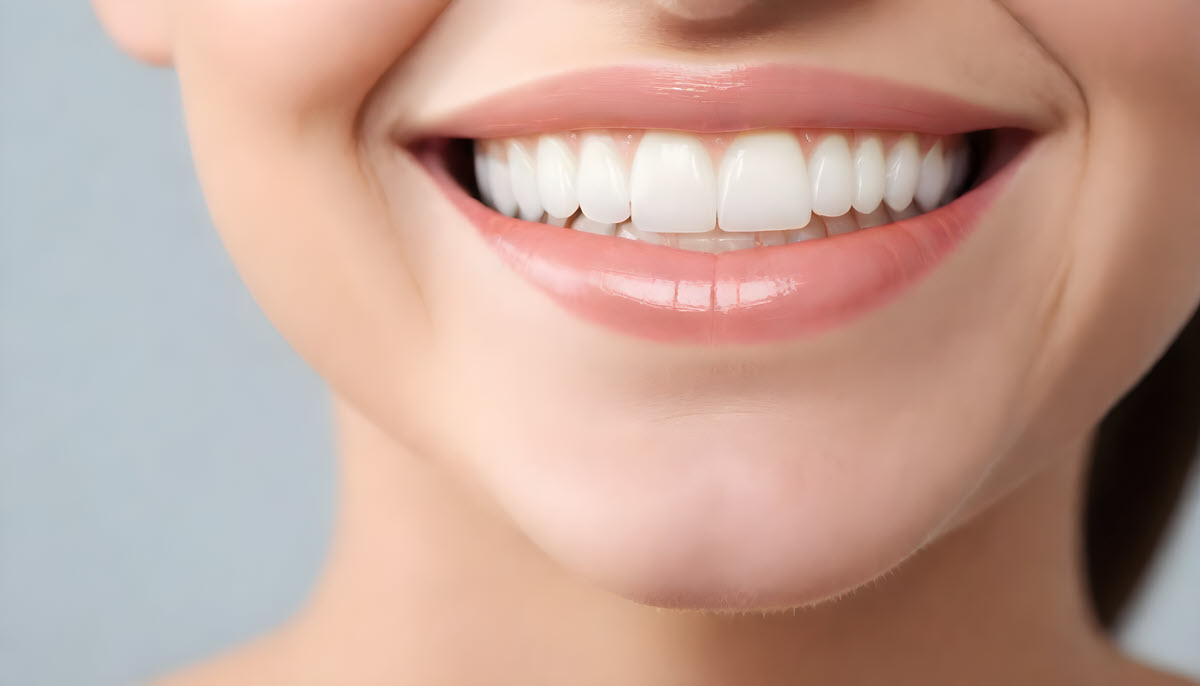The Process of Straightening Your Teeth

Have you ever looked in the mirror and imagined how a smile with straighter, whiter teeth would transform your appearance? The journey to a perfectly aligned set of pearly whites is one that requires patience, commitment, and the expertise of dental professionals. Whether you’re considering traditional braces or the latest in clear aligner technology, understanding the process of teeth straightening is the first step toward achieving that dream smile.
In this comprehensive guide, we’ll explore the various methods used by orthodontists to straighten teeth, the steps involved in the process, and how to maintain your new smile.
Beginning Your Smile Makeover
Consultation with an Orthodontist
The first step in the process of getting straighter teeth is to consult with an orthodontist. During this initial consultation, the orthodontist will examine your teeth, take X-rays, and discuss your dental history. They’ll also talk about your goals for your smile and what you hope to achieve with treatment.
Assessing Your Needs
Your orthodontist will assess the alignment of your teeth and jaw, looking for issues such as crowding, gaps, overbites, underbites, and crossbites. Based on this assessment, they’ll recommend a treatment plan that’s tailored to your specific needs.
Choosing a Teeth Straightening Method
Traditional Metal Braces
The most well-known method for achieving straighter teeth is traditional metal braces. These consist of metal brackets that are glued to the front of each tooth and connected by a wire. The wire is periodically tightened by the orthodontist, gradually moving the teeth into the desired position.
Ceramic Braces
Clear ceramic braces work similarly to metal braces but use tooth-colored or clear brackets that blend in with your teeth for a less noticeable appearance.
Clear Aligners
Clear aligners, such as Invisalign, have become increasingly popular in recent years. They are virtually invisible and consist of a series of custom-made, removable trays that gradually move your teeth into place. They offer more convenience since they can be removed for eating and brushing your teeth.
The Treatment Process
Initial Fitting
Once you’ve chosen a straightening method, your orthodontist will create a mold of your teeth, or take digital scans, to design the dental appliances or aligners that you’ll be using. For braces, this will involve attaching the brackets to your teeth and fitting the initial wire or bands.
Regular Adjustments
With braces, you’ll need to visit your orthodontist regularly (usually every 4-6 weeks) for adjustments. During these visits, the orthodontist may tighten the wires or make other changes to gradually shift your teeth into the correct position.
If you’re using clear aligners, you’ll switch to a new set of trays every 1-2 weeks. Regular check-ups are still needed, but they may be less frequent than with braces.
Duration of Treatment
The time it takes to straighten teeth can vary widely depending on the individual case. Generally, treatment with braces can last anywhere from 18 months to 3 years. Clear aligners often require a shorter treatment time, but adherence to wearing them as directed is crucial.
Aftercare and Retention
Once your teeth are correctly aligned, you’ll enter the retention phase to ensure they stay in place. This typically involves the use of retainers.
Wearing a Retainer
Retainers can be fixed or removable and are essential for maintaining the results of your treatment. Your orthodontist will provide instructions on how and when to wear your retainer.
Regular Dental Check-ups
After completing the teeth straightening process, regular dental check-ups are necessary to monitor the stability of your new smile and overall oral health.
Maintaining Your New Smile
To maintain your straighter, whiter teeth, you’ll need to continue good oral hygiene practices, including brushing, flossing, and possibly using whitening products or treatments as recommended by your dentist.
The Benefits of Straighter Teeth
Beyond aesthetics, having straighter teeth can lead to better oral health. Properly aligned teeth are easier to clean, reducing the risk of cavities and gum disease. A well-aligned bite also means less strain on your jaw muscles, which can alleviate issues like TMJ disorders.
Common Questions and Concerns
How Much Will It Cost?
The cost of teeth straightening varies depending on the method chosen and the complexity of the case. Many dental insurance plans cover some of the costs, and many orthodontists offer payment plans.
Does It Hurt?
Some discomfort is normal, especially following the initial fitting of braces or after switching to a new set of aligners. This discomfort typically subsides within a few days.
Can Adults Get Braces?
Absolutely! It’s never too late to improve your smile. Teeth can be moved at any age, and more adults are opting for teeth straightening treatments than ever before.
Conclusion
Straightening your teeth is a transformative process that can greatly enhance your smile and boost your self-confidence. By understanding the steps involved and working closely with your orthodontist, you can achieve the straighter, whiter teeth you’ve always wanted. Remember, the key to a successful smile makeover lies in selecting the right treatment for your needs, following through with your orthodontist’s recommendations, and maintaining your new smile with proper care and regular dental visits.










